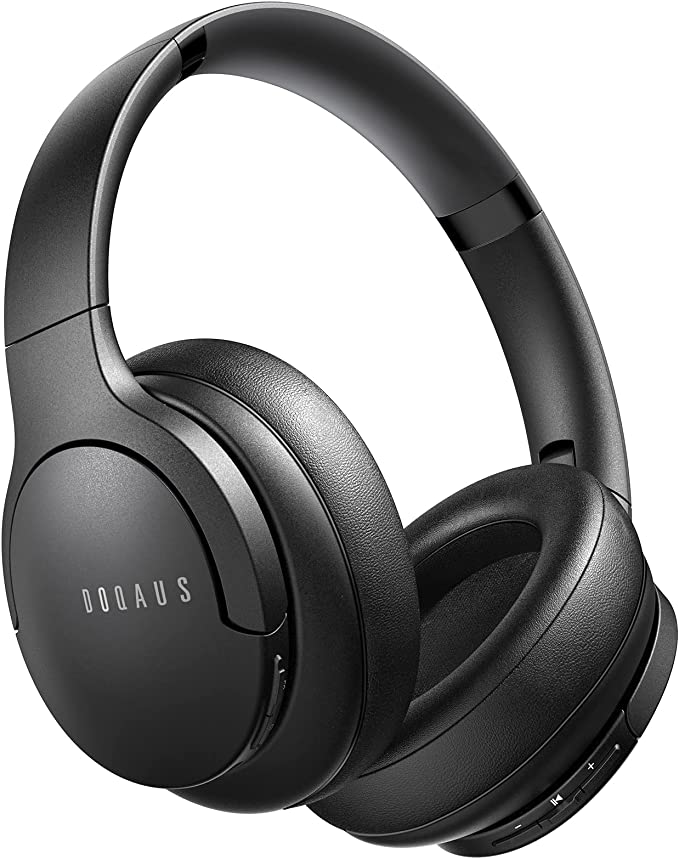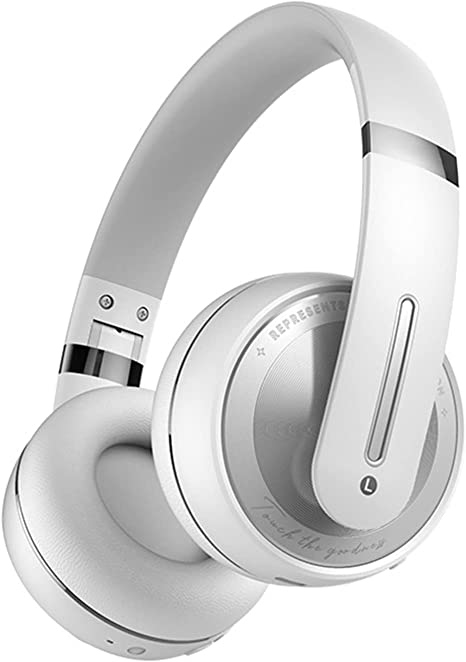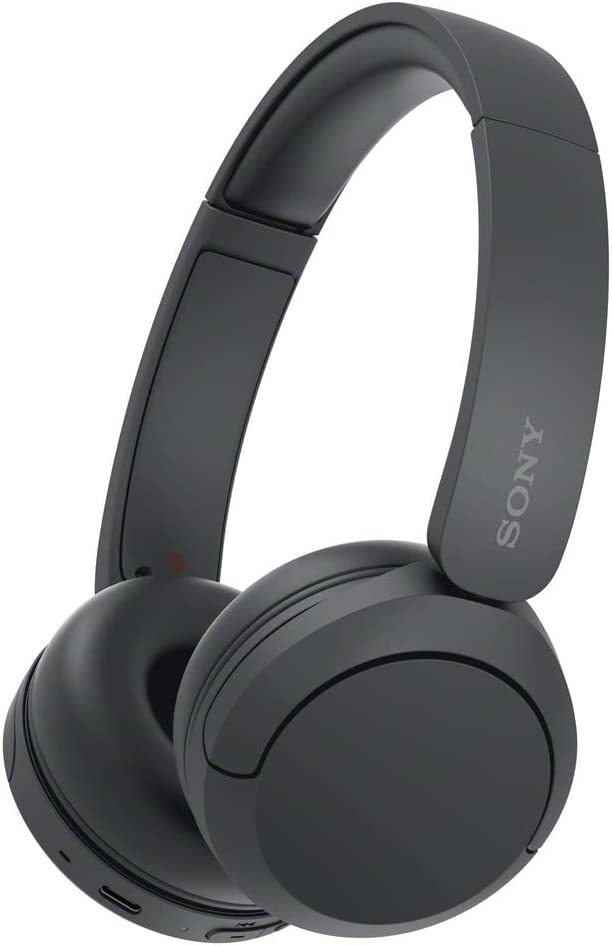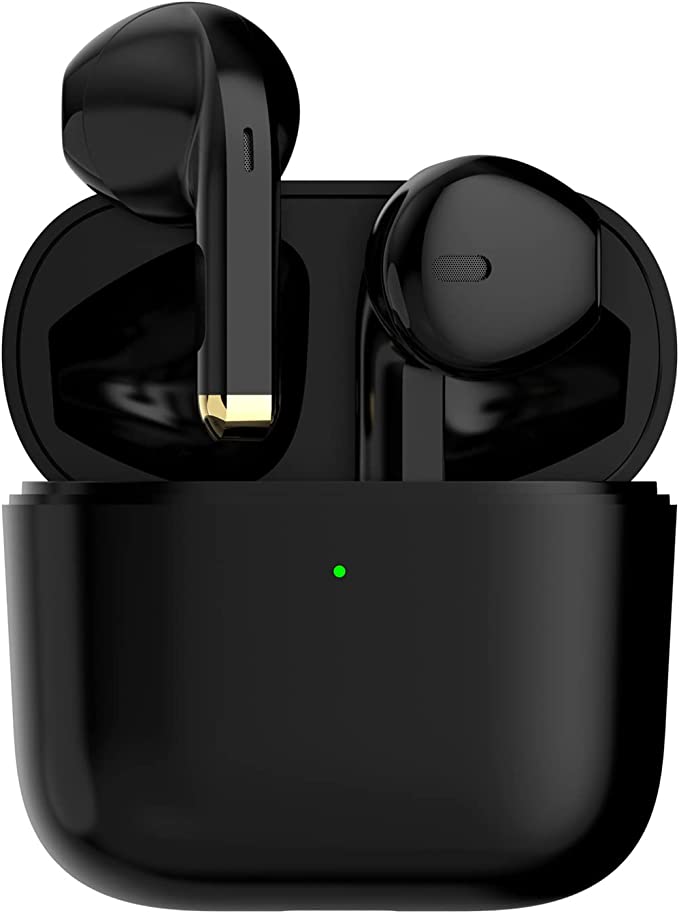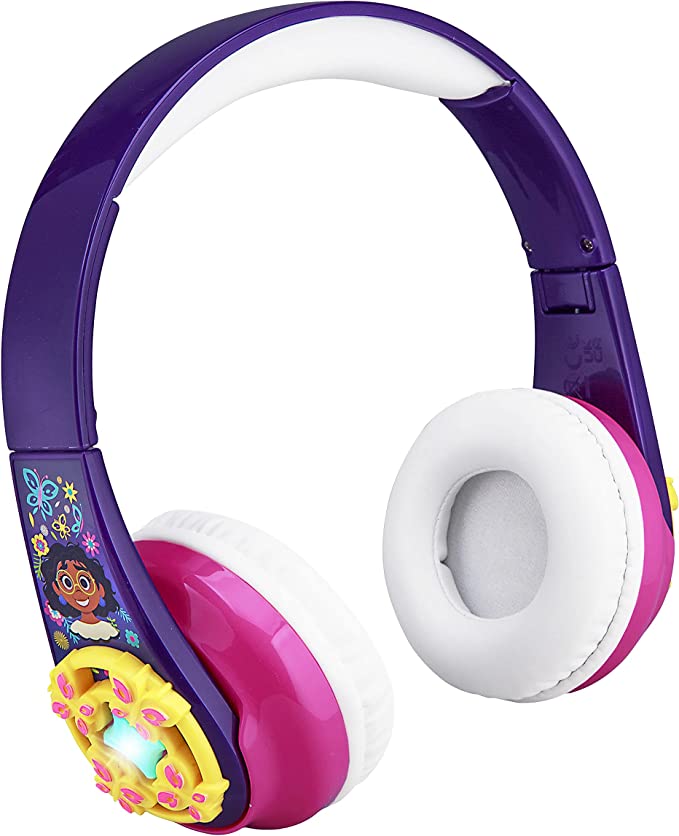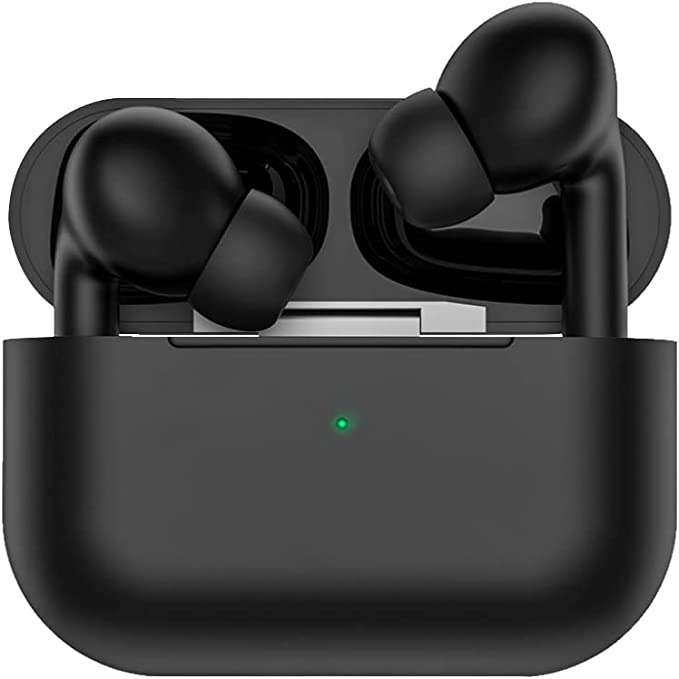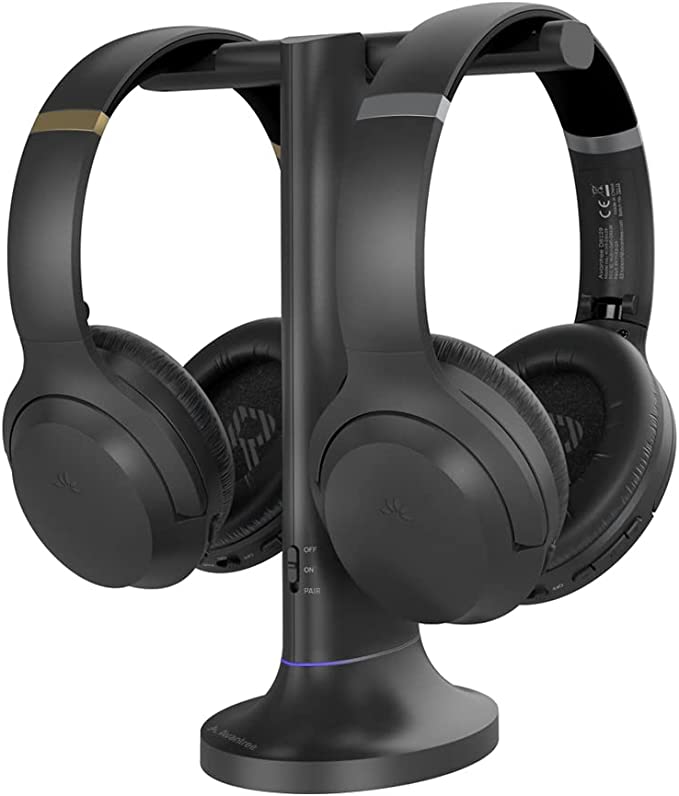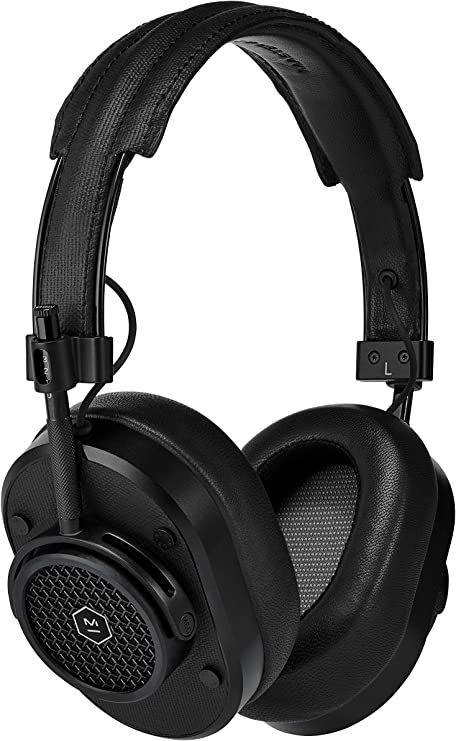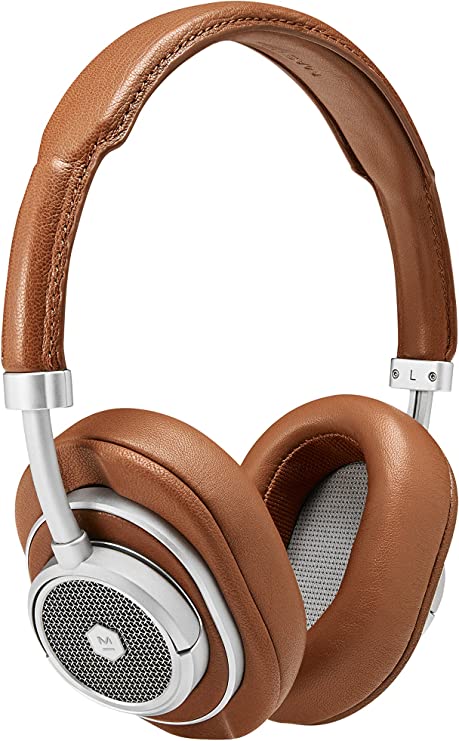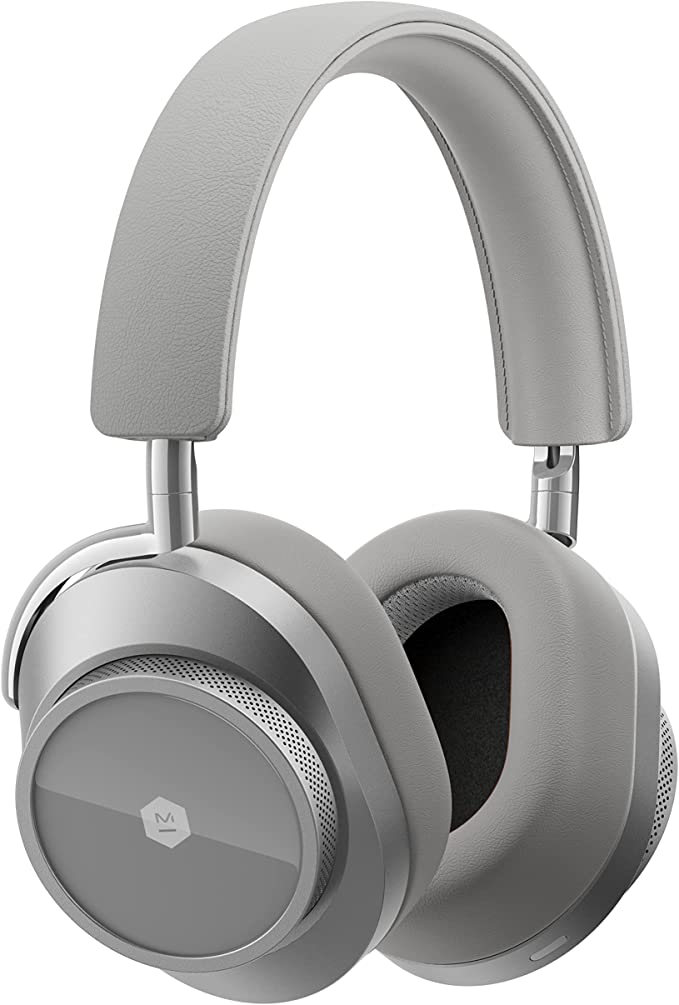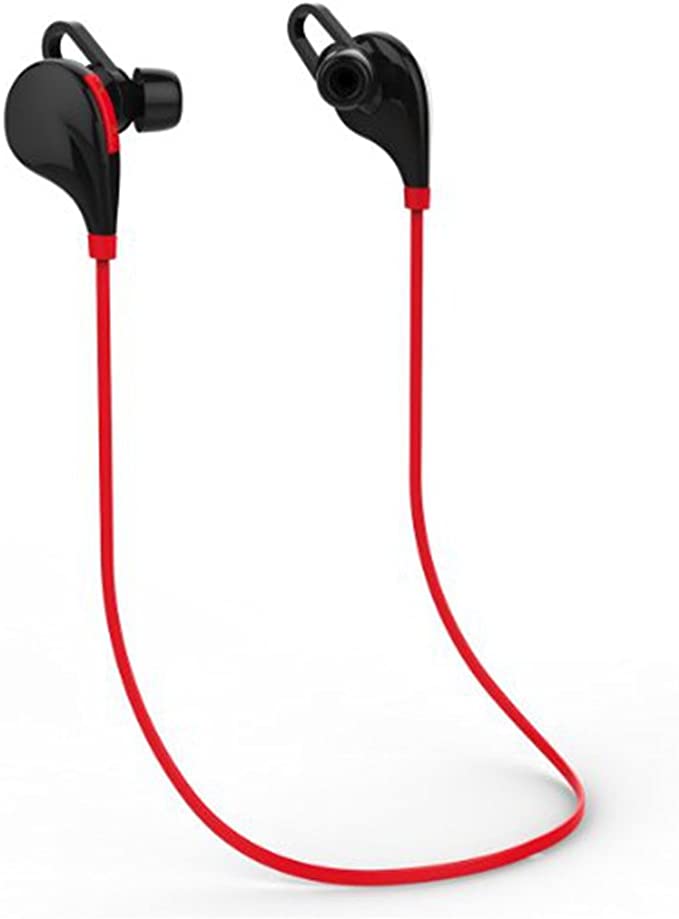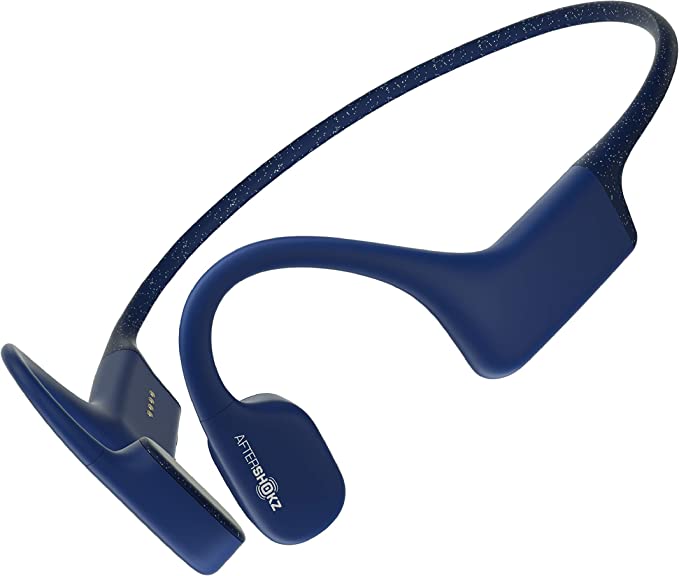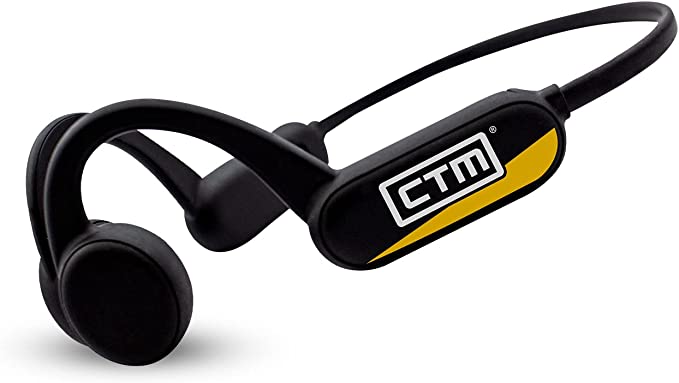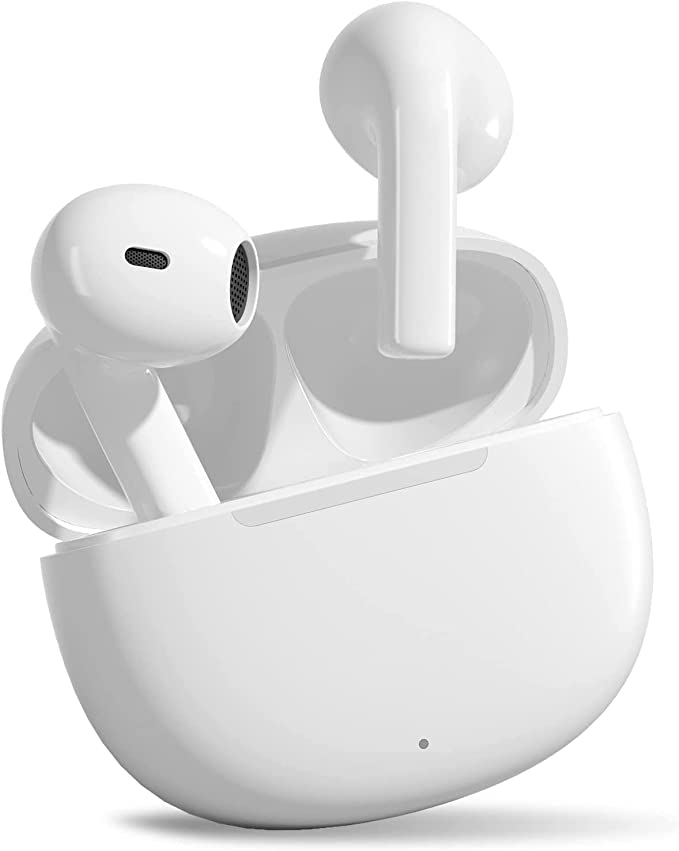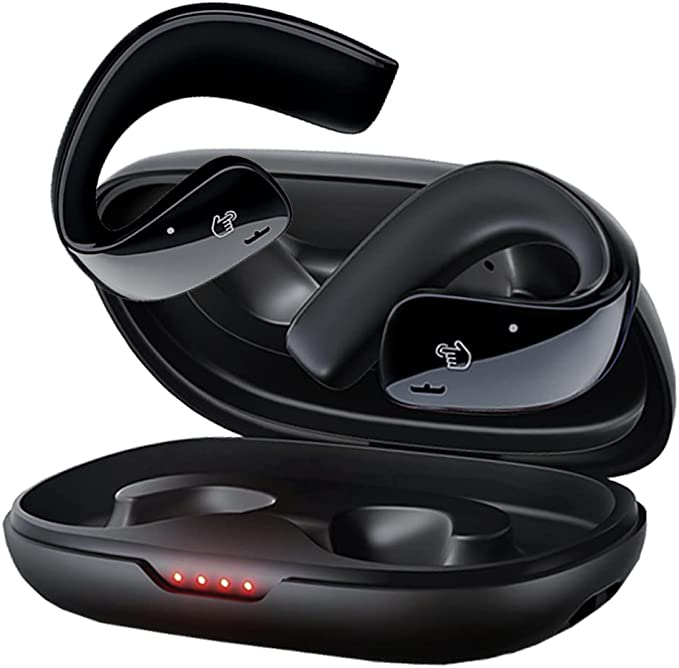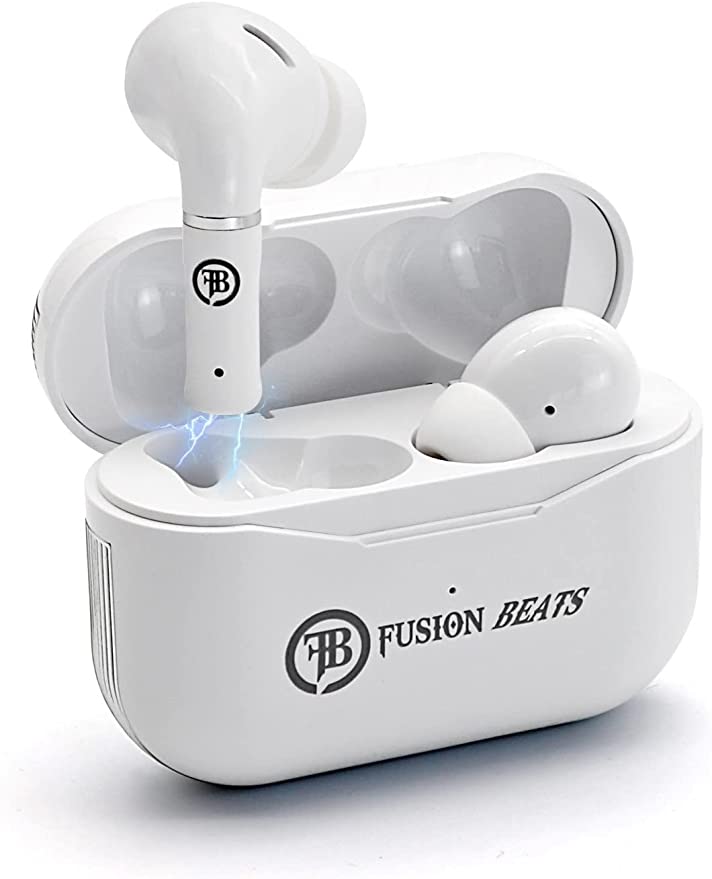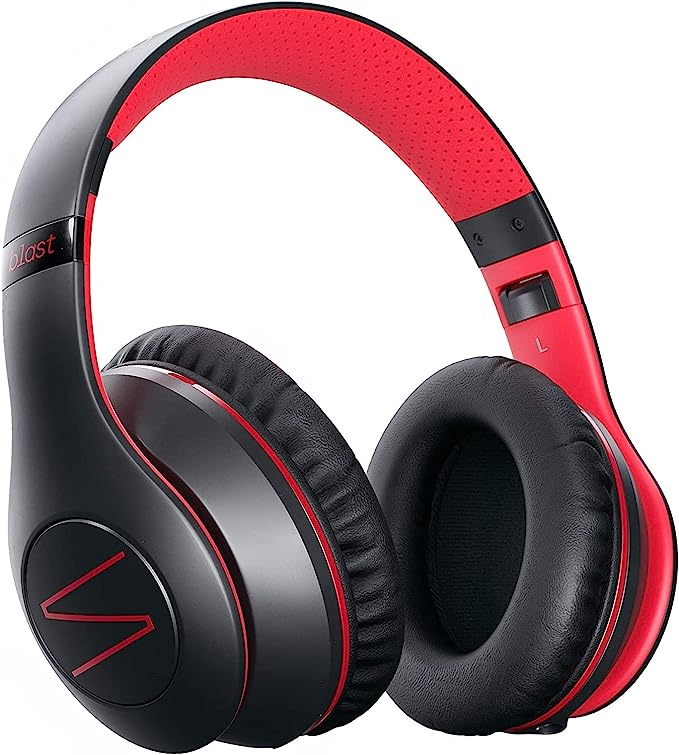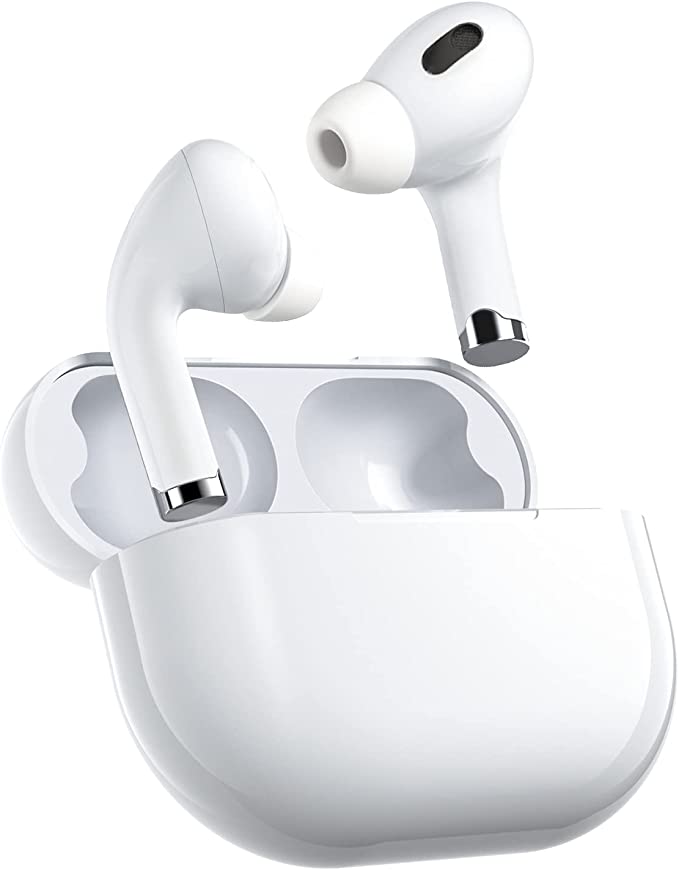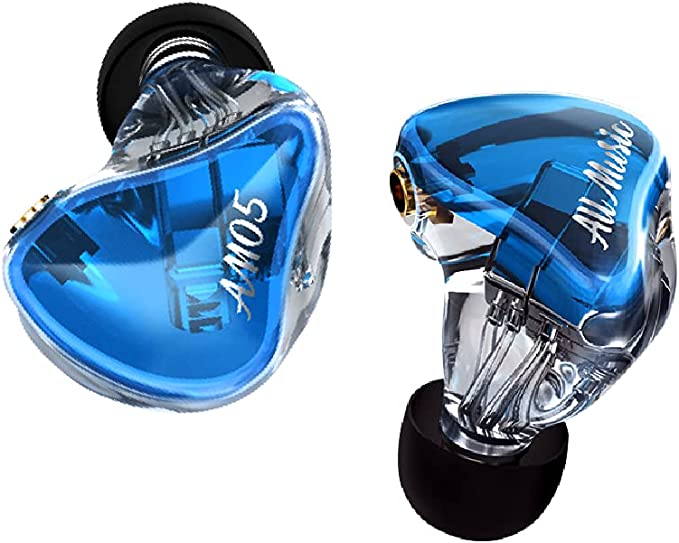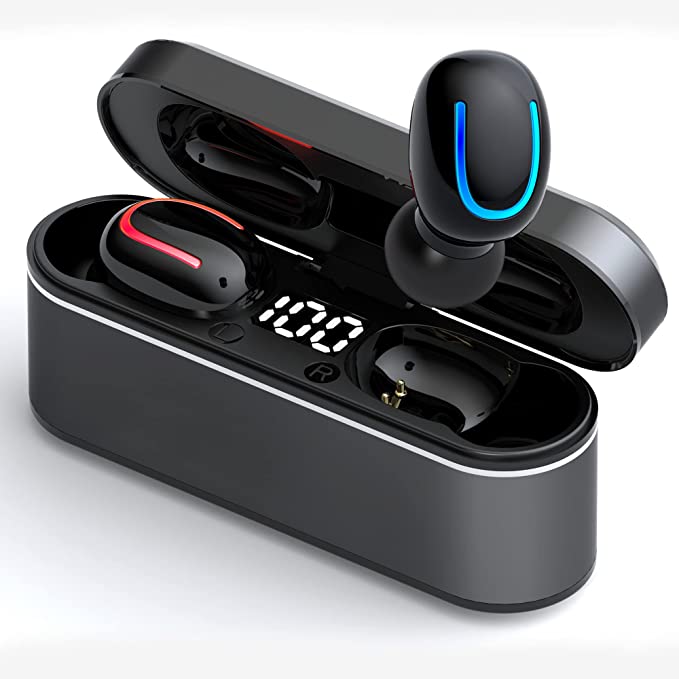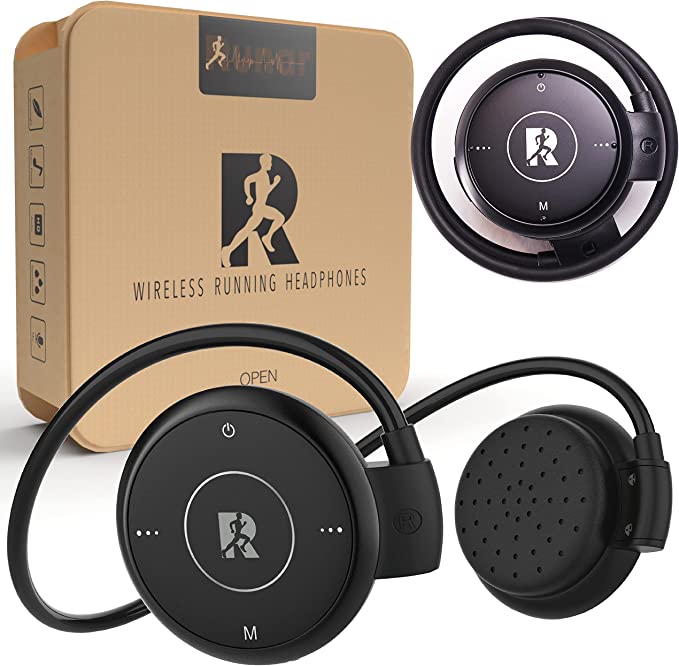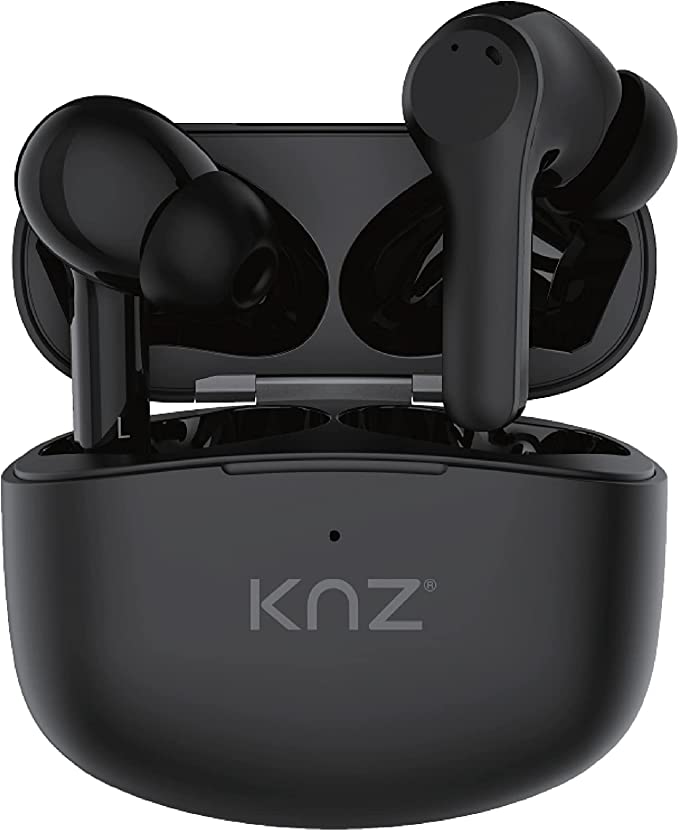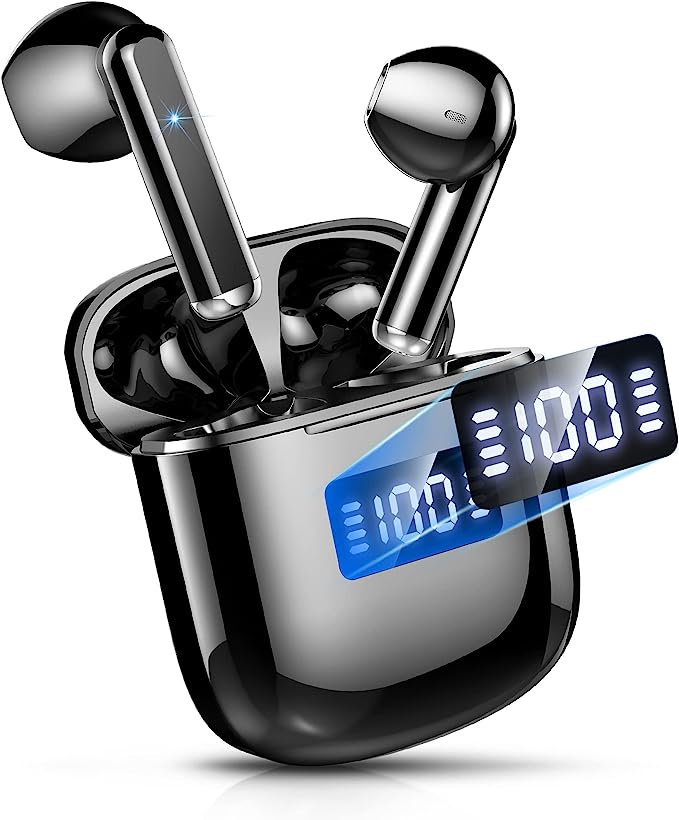The Unofficial Guide to Mastering Your Uliptz WH203A Headphones
Update on Oct. 29, 2025, 6:59 p.m.
Congratulations on getting your hands on the Uliptz ULWH203A headphones! You’ve made a savvy choice, picking up a piece of audio gear that promises a lot of features for a very friendly price. But let’s be honest—sometimes the little paper manual that comes in the box gets lost, or it just doesn’t cover the real-world questions you have. How do you pair it with two devices? What do those EQ modes actually do? And how can you get the best call quality during a work meeting?
That’s what this guide is for. Think of it as the friendly, detailed manual you wish you had. We’re not here to sell you anything. We’re here to help you, as a new owner, unlock every bit of potential from your headphones. Let’s dive in and turn you from a user into a master of your new audio companion.

Chapter 1: The First Connection – Pairing and Multi-Device Magic
First things first, let’s get you connected. The WH203A uses Bluetooth 5.3, which is a fancy way of saying it’s designed for a stable and quick connection. But what matters is how it works in practice.
Your First Pairing: A Simple Step-by-Step
This is the most common hurdle for any new wireless device, but it’s a breeze once you know the steps.
- Activate Pairing Mode: With the headphones turned off, press and hold the power button (the one in the middle of the three main buttons on the right earcup) for about 3-5 seconds. You’ll hear a prompt, and an LED indicator will start flashing, usually alternating between blue and red. This flashing light is your sign that the headphones are discoverable and ready to pair.
- Open Bluetooth Settings on Your Device: On your smartphone, laptop, or tablet, go to the Bluetooth settings menu.
- Find and Select the Headphones: Look for a new device in the list. The Uliptz WH203A will typically appear as “WH203A”. Tap on it to connect.
- Confirmation: Once connected, the flashing light on the headphones will turn to a solid blue, and you’ll likely hear a confirmation tone. That’s it! You’re ready to listen.
The Power of Two: Mastering Multi-Device Pairing
One of the most underrated features of Bluetooth 5.3 is the ability to connect to two devices at once. This is incredibly useful. Imagine watching a video on your laptop when a call comes in on your phone. With multi-device pairing, the headphones switch over to the call automatically.
How to Set It Up:
- Pair the headphones with your first device (e.g., your smartphone) using the steps above.
- Turn off the Bluetooth on your first device. This disconnects the headphones and puts them back into pairing mode automatically.
- Now, pair the headphones with your second device (e.g., your laptop).
- Finally, turn the Bluetooth back on for your first device. It should reconnect automatically.
Your Uliptz WH203A headphones are now connected to both devices. It will play audio from whichever device is active, and prioritize phone calls, pausing your music or video to let you answer.

Chapter 2: Sculpting Your Sound – A Practical Guide to the 6 EQ Modes
Your headphones come with a special “EQ” button on the left earcup. This isn’t just a gimmick; it’s your personal sound-tuning studio. EQ, or equalization, is about adjusting the balance between different sound frequencies—bass (lows), vocals (mids), and cymbals (highs). Think of these modes as filters for your audio, each designed to enhance a specific type of sound.
When you press the EQ button, a voice will announce the current mode. Let’s break down what each mode is best for, so you can stop guessing and start customizing.
- Balanced Mode: This is your default, all-purpose setting. It doesn’t artificially boost any frequency, aiming to reproduce the music as the artist intended. Use this for: General music listening, when you want a neutral and clean sound.
- Deep Bass Mode: This mode gives a powerful punch to the low-end frequencies. You’ll feel the thump of the kick drum and the rumble of the bassline. Use this for: Hip-hop, EDM, pop music, or action movies to make explosions feel more impactful.
- Crisp Treble Mode: In contrast, this mode brightens the sound by emphasizing the high frequencies. It brings out the clarity in vocals and the sparkle of instruments like cymbals and acoustic guitars. Use this for: Podcasts, audiobooks, acoustic music, or jazz, where vocal and instrumental clarity is key.
- Rock Mode: This mode typically boosts both the low and high ends, creating a dynamic “V-shaped” sound profile that makes electric guitars and drums sound more powerful and exciting.
- Pop Mode: Often focuses on the mid-range frequencies to make vocals stand out clearly against the beat.
- Classic & Folk Modes: These are usually more subtle, designed to create a more natural and spacious soundstage suitable for complex orchestral arrangements or intimate acoustic performances.
Mentor’s Tip: Experiment! The best way to understand these modes is to cycle through them while listening to your favorite song. Notice how the feeling of the track changes. You’ll quickly find your preferred settings for different genres.


Chapter 3: Calls and Communication – Using the Built-in Microphone
Your WH203A headphones are more than just for music; they’re a communication tool. However, it’s important to understand how the built-in microphone works to get the best results.
Making and Taking Calls
When your headphones are connected to your phone via Bluetooth, any incoming call will ring through them. * To Answer a Call: Press the power button once. * To End a Call: Press the power button once again. * To Reject a Call: Press and hold the power button for about two seconds.
A Note on Microphone Quality and Background Noise
The microphone is designed for clear voice pickup in quiet environments. However, a common issue with headphones in this price range is that the microphone can also pick up ambient noise, like the chatter in a busy office. This is because they lack advanced noise-canceling technology for the microphone itself (which is different from noise cancellation for listening).
If you find your colleagues can hear your office background during a call, here are a few practical tips: * Position is Key: The microphone is built into the earcup. Try to speak clearly and directly, as if you’re talking to someone next to you. * Find a Quieter Spot: If possible, move to a less noisy area for important calls. * Use the Wired Option (for listening only): Remember, the microphone only works in Bluetooth mode. If you plug in the audio cable, the headphone’s microphone is disabled, and your device will use its own internal mic.

Chapter 4: Powering Your World – Battery Life and Wired Versatility
The freedom of wireless headphones is only as good as their battery life. Fortunately, this is where the Uliptz WH203A excels.
The 65-Hour Marathon
With up to 65 hours of playtime, you can realistically use these headphones for an entire week of commuting, working, and relaxing without needing to recharge. When the battery does get low, a quick 10-minute charge gives you about 4 hours of listening time—perfect for when you’re in a hurry.
The Ever-Reliable Wired Mode
Don’t forget the included 3.5mm audio cable. This little cord is your secret weapon for unlimited listening. * Zero Battery, No Problem: If you run out of power, simply plug in the cable to your device’s headphone jack and keep listening. The headphones work passively in this mode, drawing power from your device. * In-Flight Entertainment: This cable is essential for connecting to airplane entertainment systems. * Highest Fidelity: For true audiophiles, a wired connection can sometimes offer a slightly purer audio signal, as it bypasses any wireless compression.
Chapter 5: Living with Your Headphones – Comfort, Care, and Portability
Finally, let’s talk about daily use. The lightweight design and soft memory foam earcups are built for long-term comfort, molding around your ears rather than pressing on them. The adjustable metal headband ensures a snug but gentle fit for different head sizes.
To keep them in great shape, remember a few things: * Fold and Go: The foldable design makes them easy to transport. Use the included pouch to protect them from scratches in your bag. * Water Resistance: They are water-resistant, meaning they can handle sweat from a workout or a light drizzle, but they are not waterproof. Don’t submerge them in water. * Cleaning: Wipe the earcups and headband with a soft, dry cloth periodically to keep them clean.
By understanding these features not just as a list of specs, but as tools to be used, you can elevate your Uliptz WH203A from a simple pair of headphones into an indispensable part of your daily life. Enjoy the sound!

